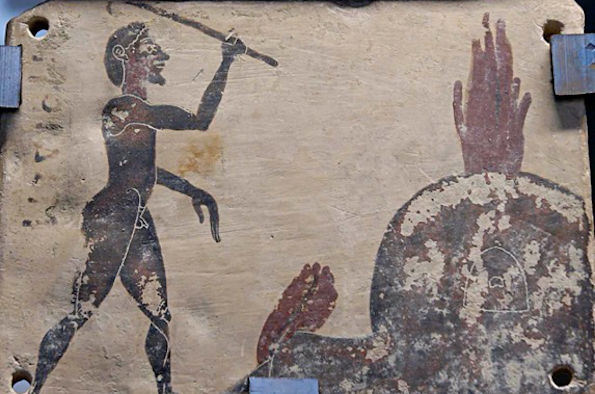
Pottery Kilns in their Natural and Human Landscape: Some Case Studies from Classical - Hellenistic Greece and Southern Italy (Francesca Tomei, University of Liverpool)
- Rachael Cornwell
- Admission: Please email Rachael Cornwell (R.H.Cornwell@liverpool.ac.uk) or Daniel Lowes (D.G.Lowes@liverpool.ac.uk) for the Zoom link.
Add this event to my calendar
Click on "Create a calendar file" and your browser will download a .ics file for this event.
Microsoft Outlook: Download the file, double-click it to open it in Outlook, then click on "Save & Close" to save it to your calendar. If that doesn't work go into Outlook, click on the File tab, then on Open & Export, then Open Calendar. Select your .ics file then click on "Save & Close".
Google Calendar: download the file, then go into your calendar. On the left where it says "Other calendars" click on the arrow icon and then click on Import calendar. Click on Browse and select the .ics file, then click on Import.
Apple Calendar: The file may open automatically with an option to save it to your calendar. If not, download the file, then you can either drag it to Calendar or import the file by going to File >Import > Import and choosing the .ics file.
In this presentation, I will focus on the case study of the chora of Metaponto (Basilicata, Italy) as an example of the use of landscape by kiln sites. My study is a result of a combination of data from archaeological excavations and surveys, palaeoenvironmental studies and ethnoarchaeology, with also a use the geoprocessing tools of GIS software. Firstly, I will analyse the technology and size of kilns, the organization of the workshops and the type of production. Then, I will investigate the proximity and the availability of main pottery making resources, clay and particularly fuel. Finally, since ceramic products were made for human use, I will also analyse how the location of workshops was related to socio-economic dynamics: for example, the distance to roads and to rural settlements is crucial to understand the distribution patterns of workshops’ products.
